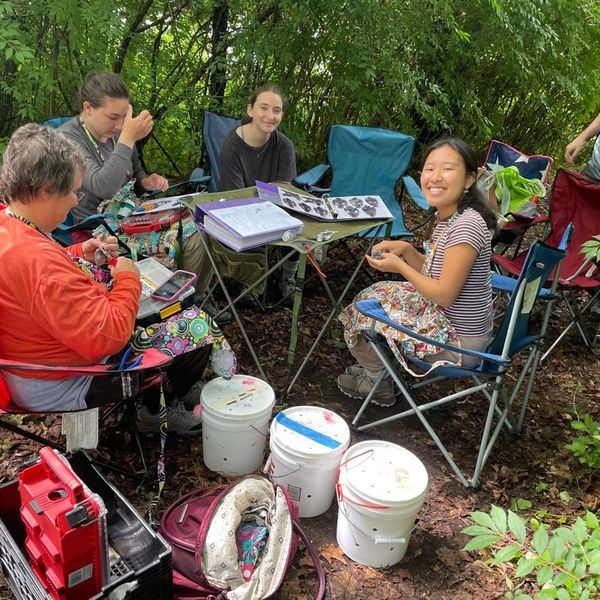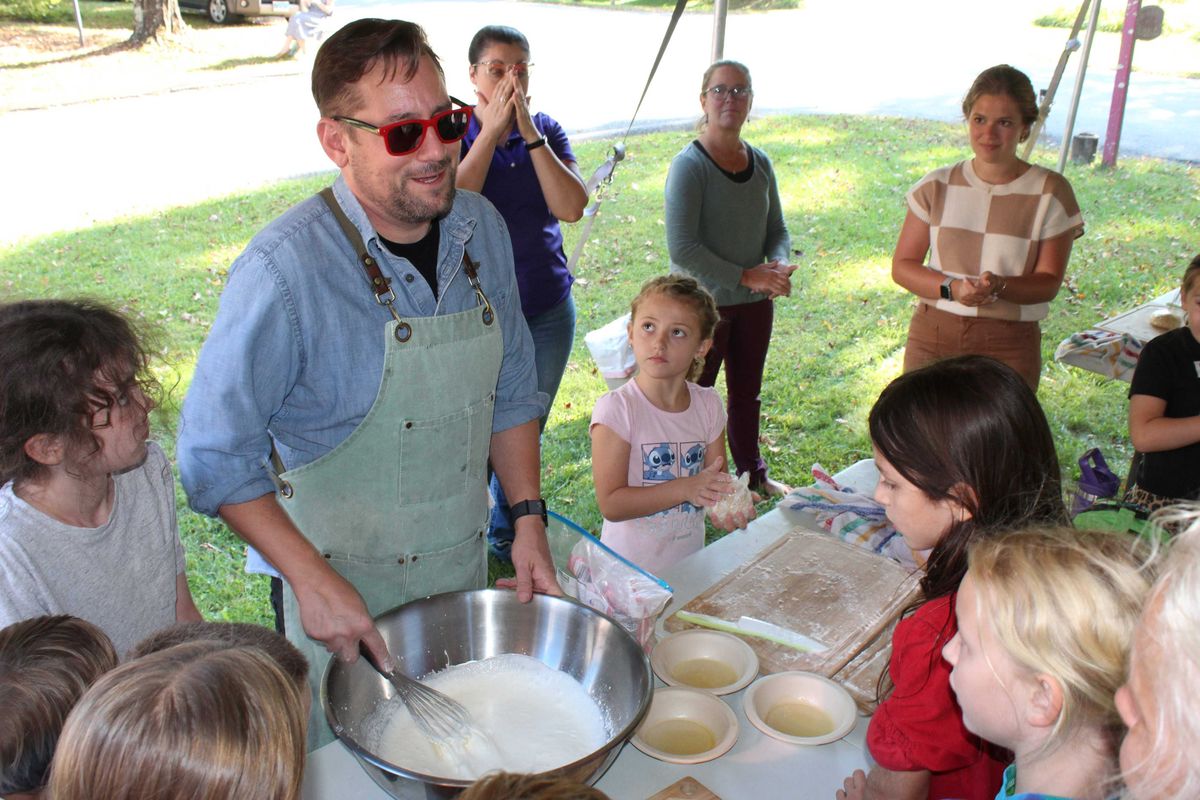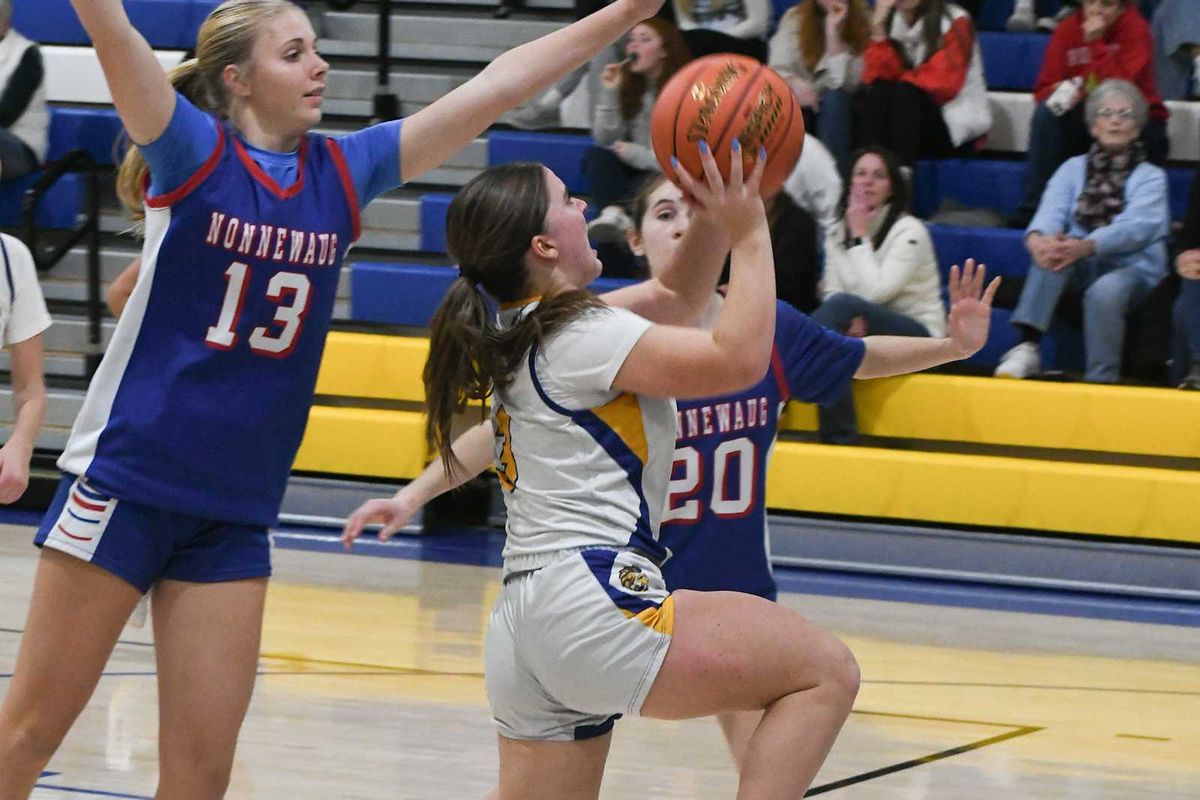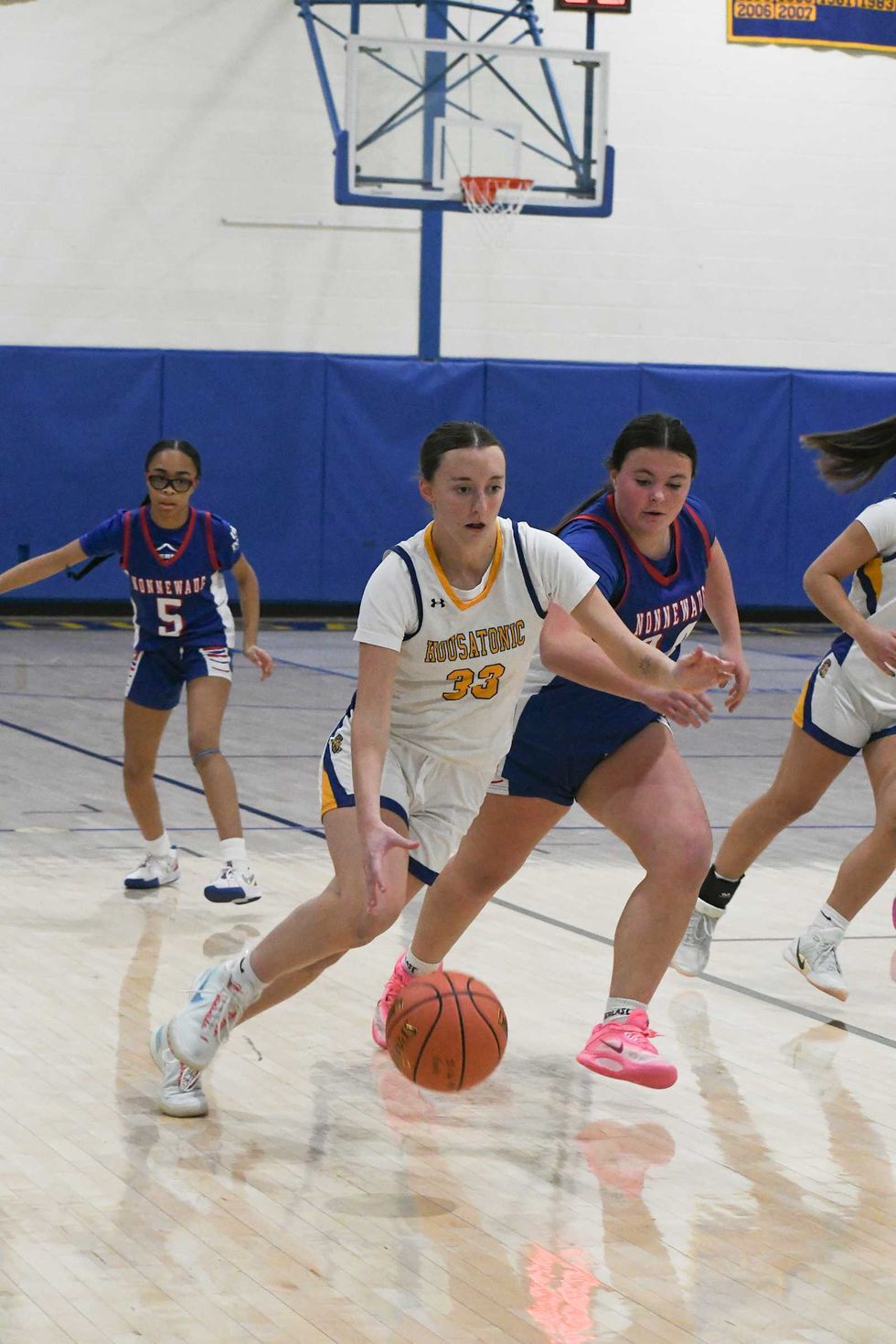When the Dalai Lama held an international conference on climate change in April, he opened the proceedings by blessing a block of ice that had been brought down from Ladakh, on the Indian side of the Tibetan Plateau. As he spoke of the urgent need for humanity to act, the ice was melting — symbolizing the change occurring in the Himalayan region.
The conference was titled “Dialogue for Our Future,” and, while it was going on, a record spring heat wave, with temperatures reaching 112 degrees, was sweeping North India. Forests around the seat of the Tibetan government-in-exile in the mountain town of Dharmsala were being ravaged by wildfires. The Dalai Lama has been living in exile in India since the Chinese annexation of his homeland 65 years ago, and his concern was not just what the climate crisis was doing to his homeland, but how it will affect more than a billion people living downstream in Asia.
Tibet, called the “Roof of the World,” is a vast plateau that lies at an average elevation of 15,000 ft. and is rimmed by all 14 of the world’s highest mountains: the Himalayas. Also called “The Water Tower of Asia,” they constitute the largest repository of water stored as ice outside of the planet’s polar regions.
Like the two poles, the Tibetan Plateau is warming faster than the global average due to climate change. This is causing glaciers to shrink, the snowline to recede, and the permafrost to melt — and it is already affecting the flow of Asia’s mightiest rivers originating there.
A recent paper prepared for the Scottish Parliament by the Scottish Centre for Himalayan Research noted: “The plateau is filling up like a goblet. Its cryosphere is already undergoing a catastrophic and irreversible ecological shift, and the current direction of climate change in the next 50 years will directly impact the region and the world.” The Scottish report estimates that up to 1.4 billion people in northern India, Pakistan, south-east Asia, and 23 percent of the population of China depend on dry season meltwater from the Tibetan Plateau before the rainy season starts. And it warns that “the thawing of the cryosphere on the Tibetan Plateau presents a fundamental threat to human carrying capacity in many parts of Asia.”
The Himalayas and the Tibetan Plateau are hot spots not just because of global heating, but also because of disputed borders between India and China, India and Pakistan, Bhutan and China and Nepal and India. This is preventing meaningful cooperation between Himalayan nations to mitigate the impact of the climate crisis on the mountains, and jointly address the impact on their common rivers. Without regional cooperation, there is a threat of water wars in the future.
Spring melting of Himalayan glaciers keeps rivers that originate there flowing, when water is needed most for household consumption, irrigation and hydropower. But the glaciers are melting fast, so there is less and less water during the spring thaw.
A 2019 study by the Kathmandu-based International Centre for Integrated Mountain Development predicted that the Himalaya and Hindu Kush region is warming 2 to 4 times faster than the global average and, if global carbon emissions are not curbed, the mountains will lose two-thirds of their snow during this century.
Even in the best-case scenario of emission curbs, one-third of the ice mass in Himalayan glaciers will have melted by 2050.
The main driver for these changes is, of course, the warming of the planet’s atmosphere because of fossil fuel burning, but that is exacerbated by the deposition of “black carbon” pollution particulates, which makes the ice lose its reflectivity and melt even faster.
As water dripped from the block of ice before him, the Dalai Lama told delegates at the conference: “I am 87 years old, and this piece of melting ice reminds us that time is running out.”
Kunda Dixit (@kundadixit) is co-publisher at Himalmedia, which produces the weekly Nepali-language magazine Himal Khabarpatrika, and chief editor of the English-language weekly newspaper, Nepali Times. He was recently honored at the 2022 International Media Conference: “Connecting in a Zero Trust World” in Honolulu, Hawaii.





 Titan, a four-month-old service dog in training, greeting the Sher brothers, Eli and Noah, at the Hunt Library Wednesday, April 16. By Patrick L. Sullivan
Titan, a four-month-old service dog in training, greeting the Sher brothers, Eli and Noah, at the Hunt Library Wednesday, April 16. By Patrick L. Sullivan A heavily modified 1951 Ford F1 pickup truck on display during the Car and Motorcycle Show in July. By Patrick L. Sullivan
A heavily modified 1951 Ford F1 pickup truck on display during the Car and Motorcycle Show in July. By Patrick L. Sullivan 
 The Rev. Heidi Truax retired after 16 years at the helm of Trinity Episcopal Church in Lime Rock.By Patrick L. Sullivan
The Rev. Heidi Truax retired after 16 years at the helm of Trinity Episcopal Church in Lime Rock.By Patrick L. Sullivan The summer reading program at the Scoville Memorial Library wrapped up Aug. 23 with an emphasis on bubbles. Lots of bubbles.By Patrick L. Sullivan
The summer reading program at the Scoville Memorial Library wrapped up Aug. 23 with an emphasis on bubbles. Lots of bubbles.By Patrick L. Sullivan










Urgency on climate change as viewed by the Dalai Lama